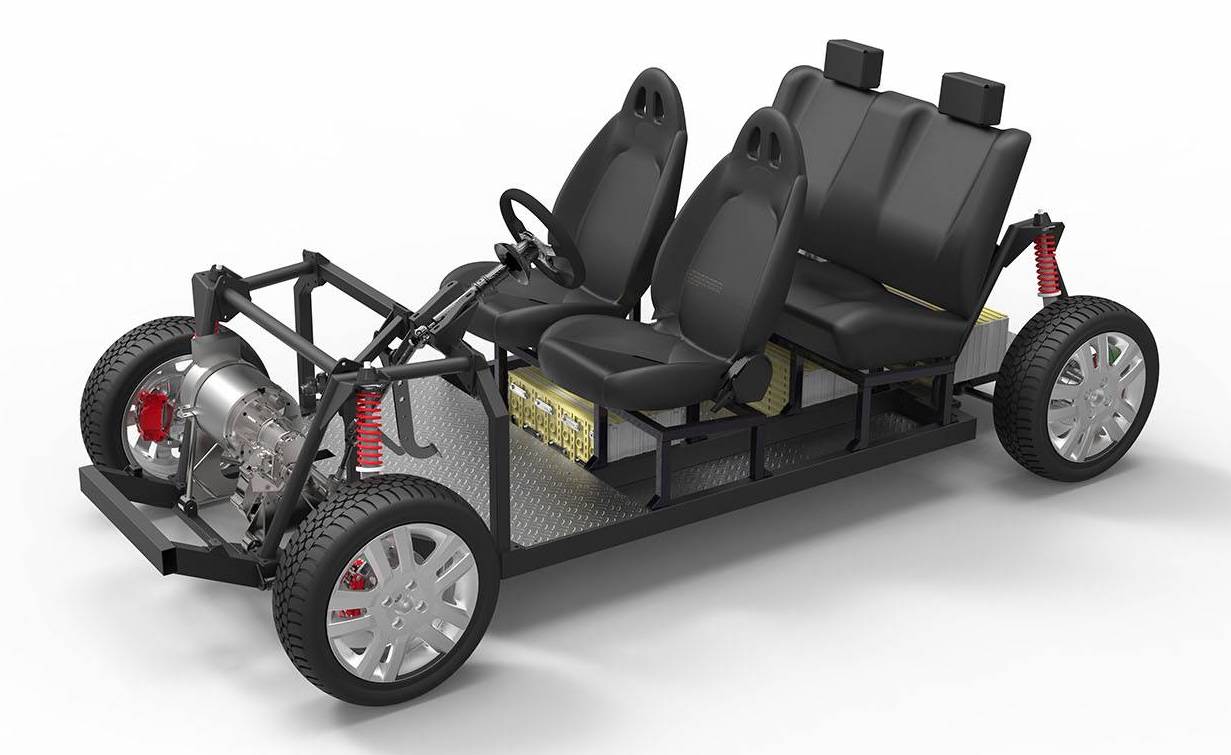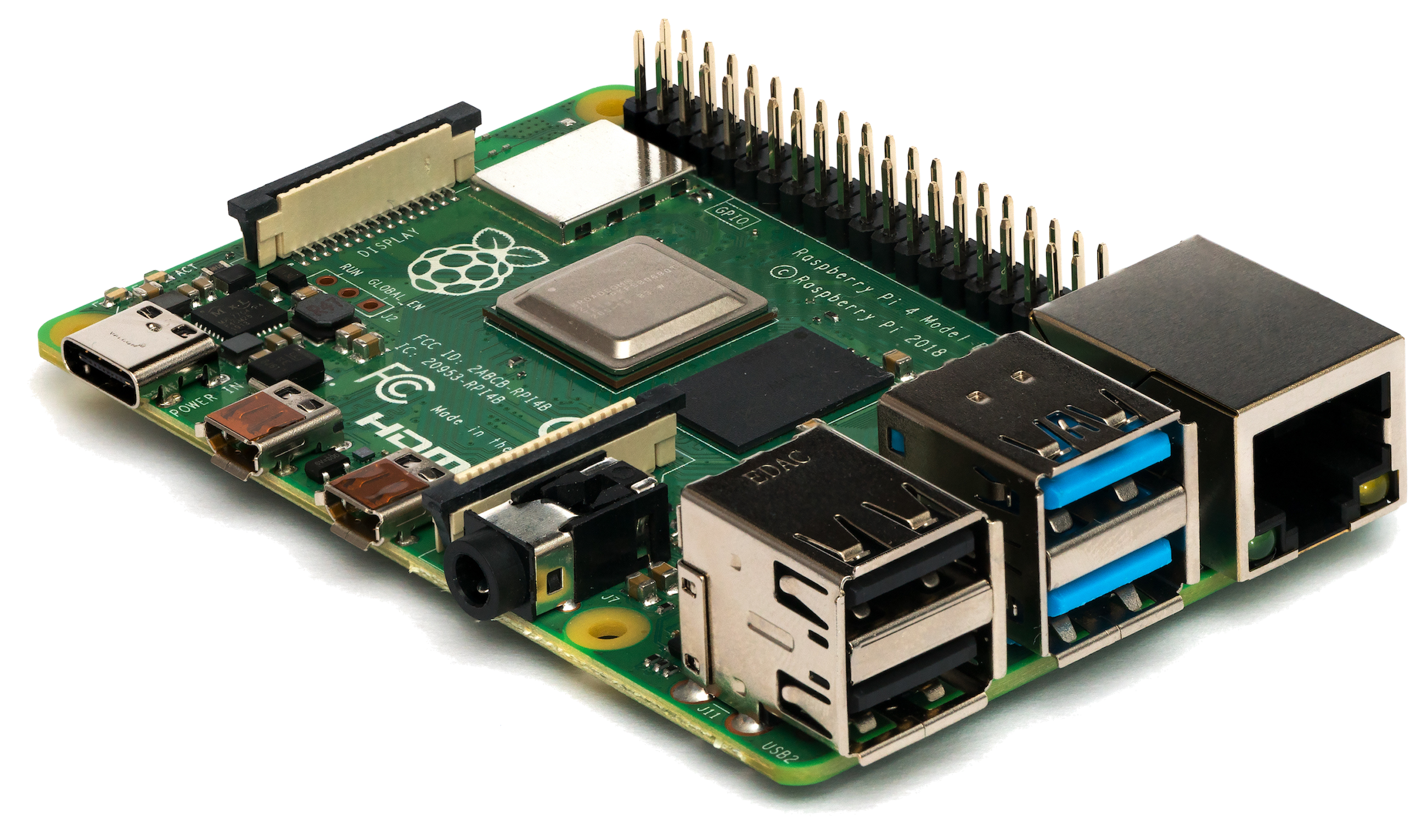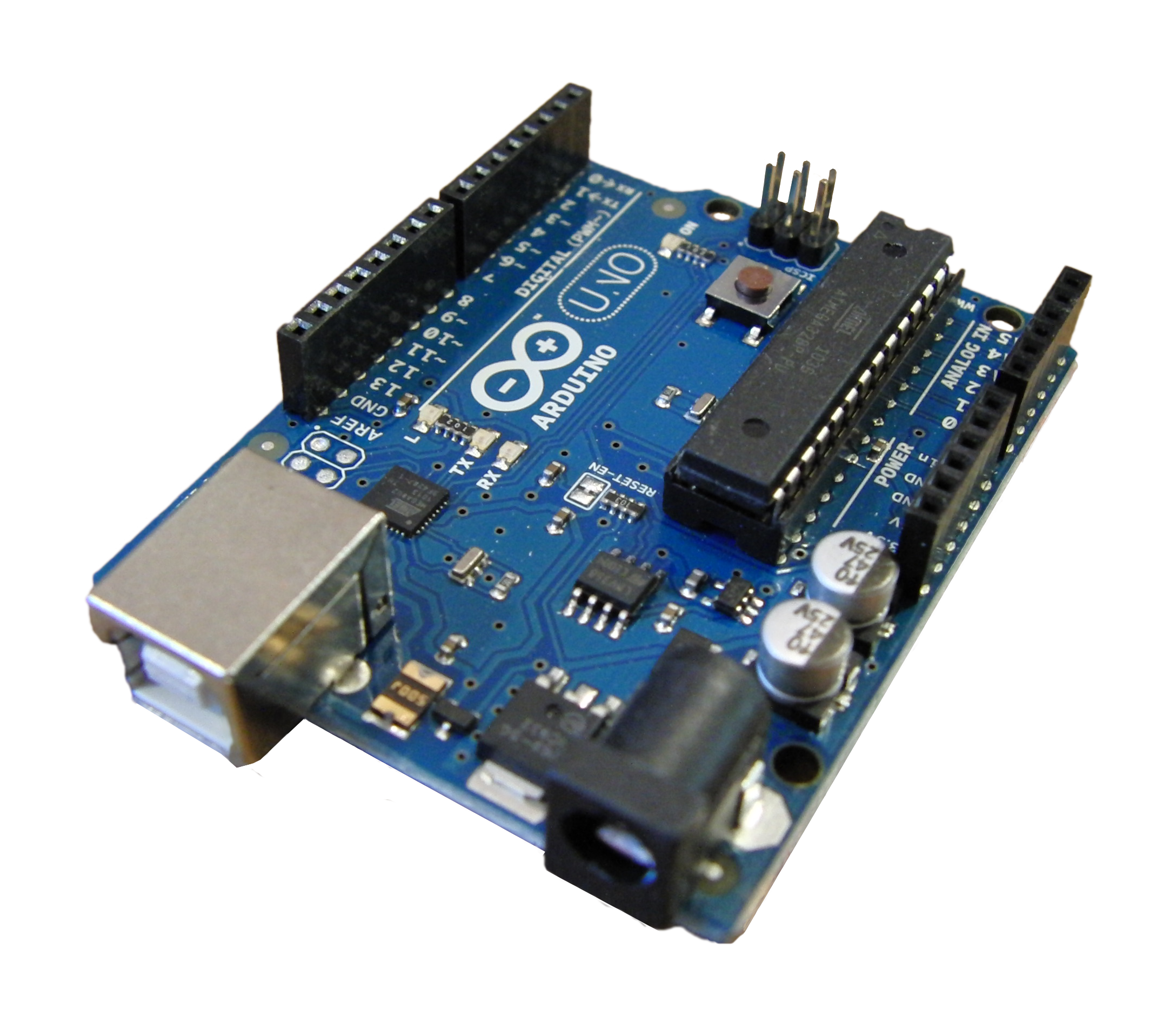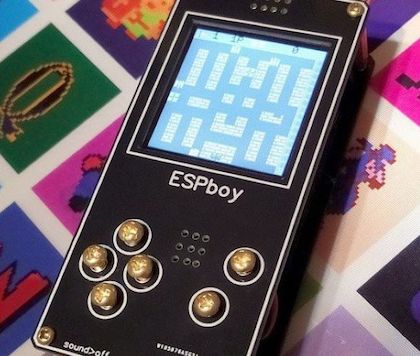Open Hardware Design Specification

In the last decade, open source software has become the norm. While academics and hobbyists have long relied on free software to explore ideas that might not necessarily generate a financial return, companies have recently discovered benefits to opening their languages, frameworks and applications, too. ReactJS from Facebook and bootstrap from Twitter have become dominant tools for front-end development, and open libraries such as TensorFlow from Google are go-to resources for machine learning. These companies have realized that opening their tools creates a community of developers who compete as freelancers to find and fix bugs, and could become productive employees without training. The dramatic shift has many engineers of the material world wondering; could an analogous revolution take hold in the hardware world?
So far, the open hardware movement has consisted mainly of hobbyist Makers, hard scientists and academics eager to democratize knowledge. Most open hardware designs involve modular electronics, such as Raspberry Pi and Arduino boards.
 |
 |
A series of blogs pump out tutorials for making everyday items and expressive projects that marry art and tech:
- opensource.com
- Hackaday
- Make: Magazine
- Wikipedia’s Project List
Most projects are fun, but some have ambitious social or environmental goals.
 |
 |
Around the world, makers gather to show off their projects at events such as Make Magazine’s Maker Faire. While many makers tinker in their garages, those who lack the space or equipment turn to Maker Spaces or Fab Labs to use shared equipment and learn from professionals. Occasionally, makers launch funding campaigns on Crowd Supply to develop their designs, or otherwise launch successful business. The maker space business itself, though, is not exactly thriving. One of the earliest companies to provide them, TechShop, filed for bankruptcy in 2018.
The Maker Movement is real, but open hardware remains far from mainstream. In rare cases, such as Tesla’s pledge to open its IP to accelerate innovation in sustainable mobility, for-profit firms have opened their hardware. To convince most private companies to open their hardware, however, there needs to be a large community of tinkerers who might contribute improvements and/or become knowledgeable employees. Currently, friction and fragmentation are stifling the ecosystem from reaching that critical mass.
There have been several efforts to unite the community, such as the Open Source Hardware Statement of Principles and Definition at freedomdefined.org and the P2P Foundation definition. Perhaps the most useful result of these efforts is CERN’s Open Hardware License 2.0, which offers versions analogous to those available for software.
The CERN–OHL is to hardware what the free and open source licences are to software.
The next step is to simplify the process of producing, distributing and using open hardware designs. Conforming to a unified, machine-readable specification for open hardware designs could help streamline those processes. Such a format would encourage developers to create platforms the not only share designs, but automatically read the documentation to identify local suppliers and equipment, estimate production costs, program fabrication equipment, and use version control software to manage decentralized design contributions.
One notable precedent is the General Transit Feed Specification, developed by Google and the City of Portland, which standardizes the structure and schedules of any given transit system. The format has been adopted across the globe and developers have shared dozens of applications that simulate operations, calculate performance indicators and help users navigate the system.
In this GitHub Repo, I propose such a specification for open hardware that is:
- Suitable for any type of hardware - electronics, furniture, clothing, machinery, infrastructure, etc.
- Easy to produce with ubiquitous and free software
- Legible without the need for a data dictionary
- Stable, such that changes never invalidate old feeds
To actually satisfy those principles, I’ll need input from designers from all walks of life. Hopefully, this gets the conversation started!
